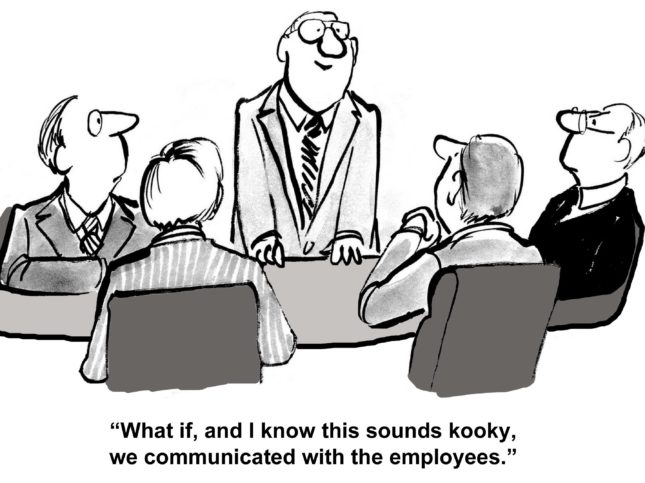PE 12: Who Do They Think They Are?
Podcast: Play in new window | Download
What if you could get the other person to make a decision that would not only be good for you but make them feel good about themselves? You can, by appealing to the decision maker in their mind that I call Norma. Who is Norma and how does she affect decisions?
Before I answer that, In The Art of Woo, there’s a story of how Bono approached Senator Jesse Helms to enlist his support for African debt relief so that those nations could devote more resources towards combatting AIDS. He began his pitch with a data-filled explanation of the problem, (this approach had worked very well with Bill Gates), but quickly saw that Helms was losing interest. Bono, a born-again Christian who knew Helms was also, switched to the language of the Bible and quoted Scripture to make his case. By the end of the meeting, Helms rose to his feet to embrace him, and went on to help raise $435 million for the cause. The point of the story is that no amount of data would have changed Helms’ mind—rational Randy was definitely not in charge. Norma was.
I call her Norma, but she also could be called Ida, or Val, because of three closely related ways we make decisions. We have an identity, which is sense of who we are. That identity is usually how we see ourselves as individuals and as part of a group. Individually, we pay attention to our values, and we also go along with group norms.
Why is Norma so important? Two reasons. First, it can contradict two powerful tendencies in human judgment, motivation and decision making. Second, it’s kind of like the perpetual motion machine of decision making. Let me explain what I mean.
One of the oldest ideas in selling is WIFM, or “What’s in it for me?”[1] It’s a great reminder that you should frame your persuasive message in terms of the other person’s self-interest. WIFM is enormously useful in persuasive communication, because it puts you into the outside-in thinking frame of mind, and forces you to consider your product or idea from the perspective of the person whose agreement you want. I love the idea of WIFM, and have used it for over two decades in my training classes. But WIFM has limits. People do care about more than just their personal self-interest.
Striving for the ideal self is so powerful that it can actually stand Maslow’s hierarchy on its head. History is full of examples of people who have risked even survival itself for the self-actualization of living up to their ideal identity. The Economist ran an obituary of Private Bill Millin, who hit the beaches of Normandy as a bagpiper in the British army. “He led the company down the main street of Bénouville playing “Blue Bonnets over the Border”, refusing to run when the commander of 6 Commando urged him to; pipers walked as they played.”
Second, appealing to Norma makes for sustainable decisions. Its like a perpetual motion machine because it doesn’t wear off and it feeds on itself. If you want to drive lasting behavior change, you’ve got to find ways to get people to do things for their own reasons, and the best way to do this is to use their sense of who they are to provide internal, long-lasting motivation.
In his book, A Primer on Decision Making: How Decisions Happen, James March tells us that when confronted with a decision, people make a rapid unconscious calculation that answers these questions: What kind of situation is this? Who am I? What does a person such as I do in this type of situation? Our identities—who we are and how we see ourselves—are extremely important to us.
So, how do you use this in persuasive communication?
First, realize that you probably under-use it. The problem is that we are often wrong about others’ motivations. Research has shown that we overestimate to what extent others rely on self-interest. We tend to see ourselves as more noble than others, so we overestimate their reliance on “selfish” extrinsic rewards.
Second, know your audience and their values. You have to really understand your customer to know what they truly value. It’s not enough to go to their website and copy down their vision and values statements—too often these are the stuff of plaques and platitudes that no one takes seriously; I used to refer to them in my sales training classes until I quickly realized that most of the participants couldn’t even pick out their own corporate values statements in a multiple choice question.
Third, get them to speak about their values. It’s best if it comes from them, not from you. Fortunately, the process you go through in discovering their values has the added benefit of bringing those values to the top of their minds as you’re talking to them.
Fourth, appeal to WIFU. It’s not time to get rid of WIFM, but it’s a good idea to add other tools. The first is WIFU, or “what’s in it for us?” Many people will do things for the good of the group they belong to, even when it carries a personal cost to themselves. Asking this question in addition to WIFM, will enable you tap into higher motivations.
Finally, be very careful with it. Bono’s approach worked with Jesse Helms because he shared his values. If he didn’t, it would have come across as cynical and would probably have backfired on him. In addition, trying to combine values with value can backfire on you.






